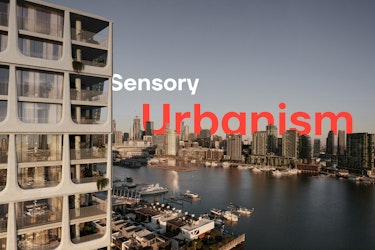A response to urban planning and thinking methods that rely too much on our sense of sight is sensory urbanism. The concept promotes paying more attention to not just how our cities appear but also how they feel, smell, and sound by renewing an appreciation for the senses that have been ignored. Consider the last time you viewed an old snapshot of your favorite city; while it may give you a sense of how it seemed, it cannot bring to mind the taste of the neighborhood bakery, the sound of the familiar metro jingle as it enters the station, or the feel of the grass between your feet. These sensory impressions are intricately connected to our geographic memory.
The study of how non-visual information shapes a city's personality and influences its livability is known as sensory urbanism. Researchers in this field have infused metropolitan areas with new senses using wearables, virtual reality, sound tracks, and fragrance mapping, among other techniques. The goal of sensory urbanism is to examine a city's texture in greater detail. This clarifies why, even though different cities may appear to be getting closer in appearance, they may feel very different to us as we drive, bike, or walk through them.
Hearing The City
The sense that urbanists have focused on the most, aside from sight, is sound. In order to better understand how the character of cities develops through time, soundscape curators have started to gather recordings that allow us to listen to our urban history.
There is a growing focus on sounds and how they relate to life and society, pioneered by "acoustic ecologists." The question of which noises we should aim to retain and which "unwanted" sounds we should try to minimize has arisen as a result. It is predicated on the notion that every city has a distinct "acoustic profile." For instance, the Soundscape of Istanbul initiative aims to record urban life as a collection of acoustic monuments (or "sound marks").
The opposition to the introduction of the Islamic call to prayer in the soundscape of traditionally Christian towns like Stockholm is a prime example of how contentious the shifting urban soundscape can be.
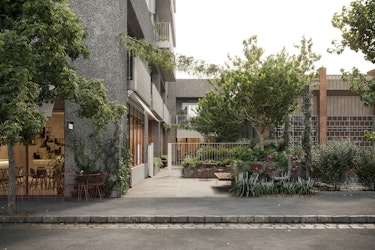
Touching The City
It may be less evident to comprehend how cities feel. We can perceive a lot of things in a city via our skin, however this typically goes unrecognized. The heat, the cold, the dust, or the wind as you walked to school as a youngster, for instance, are all crucial factors in how we experience a city.
While using our hands to explore a city is prohibited, we feel a lot via our feet, whether it is the uneven ground in blighted areas, the cobblestone streets of mediaeval cities, or the silky-smooth floors of the financial district.

Smelling The City
The fragrance of cities may be the unexplored realm. Maybe that's because people assume cities smell unpleasant. However, recently introduced "smelling tours" of Vienna seek to alter that by allowing visitors to discover the Austrian metropolis through their smells. Visitors are urged to close their eyes, take a deep breath, and let the scents of street markets, coffee, chocolate, and beer animate the city.
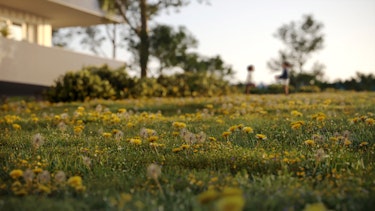
The Blind Spot of a City
By examining how blind individuals perceive our cities, some academics have attempted to figure out how to make us more conscious of our other underutilized senses. Congenitally blind people can contribute to challenging the "hegemony of the eye" in our constructed world since they lack a visual reference system.

Bringing Cities to Life
The term "sensory urbanism" is also in vogue. But it has a lot to say about what gives a city its unique vibe and what elements combine to create our instinctive response to a particular area. We now live in a time when urban renewal projects in many cities have sparked worries that our cities are losing their tactile qualities, such as their rough textures and wide array of conflicting visual, aural, and olfactory cues. It might be possible to think more widely about what makes our favorite cities unique if we pay closer attention to the whole range of our senses.

Urbanism With Personality, Ambiance, And Sensory Appeal
A rediscovery of phenomenology, experience, the body, perceptions, and the senses replaces language, semiotics, text, and signs as the primary drivers of critical thinking in this situation. In architecture and urbanization, a rediscovery of the element of character has paralleled this "sensorial revolution." Character is a phrase used to describe a certain location and emphasizes its uniqueness. However, it does not just apply to visual aspects of a location but also to all other kinds of sensory experiences that one might have there. In their views on the urban environment, Kevin Lynch and Christian Norberg Schulz first explored this concept in the 1970s. Specifically, Norberg Schulz used terms like "environmental character" and "atmosphere" to depict place as a “whole” qualitative phenomenon.
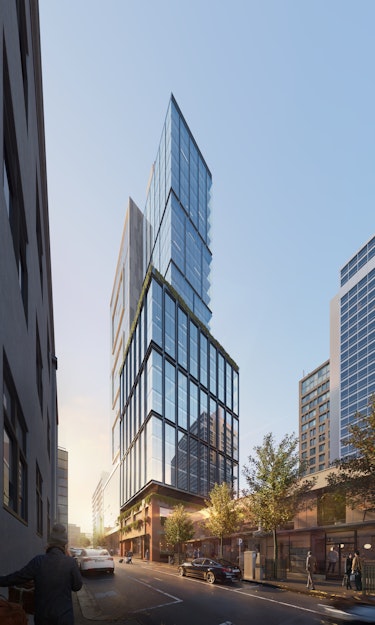
Architecture And Sensorial Experience
Our perceptions, sensitivities, and ways of living change over time, just as our sensory thresholds and degrees of tolerance or appreciation of odors, sounds, dirt, darkness, cold, or heat vary. This is true not only of the urban environment in which we live, but also of our own perceptions, sensitivities, and ways of life. However, this diversity in perception, sensitivity, and therefore judgement depends not just on place and culture, but also on time. A plethora of modern humans who live in various locations and cultures, with varying degrees of awareness and tolerance, have replaced the abstract concept of a modern human being who, for example, wants to live at an ambient temperature of 18 degrees Celsius.
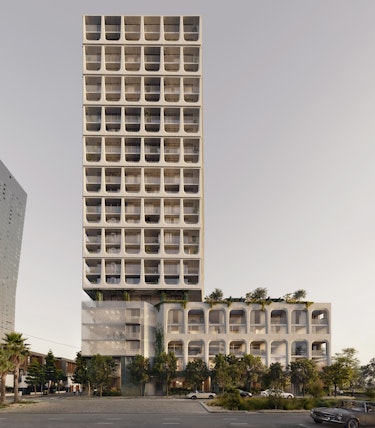
As a result, even from an economic standpoint, atmosphere, character, and sensory aspects are becoming crucial elements in the defining of a place. Even more reason for us to insist that this focus be placed on public areas in general and urban ones in particular. Is it feasible to merge the many modern urbanism methods into a "sensorial urbanism" that aims to redefine public space, is capable of providing a deeper knowledge of urban surroundings, and is interested in defining the character and mood of places? Is it not possible to establish an attitude toward the city as a place of companionship, conviviality, and comfort in addition to ideas of the city as a site of difference, conflict, and confrontation?
